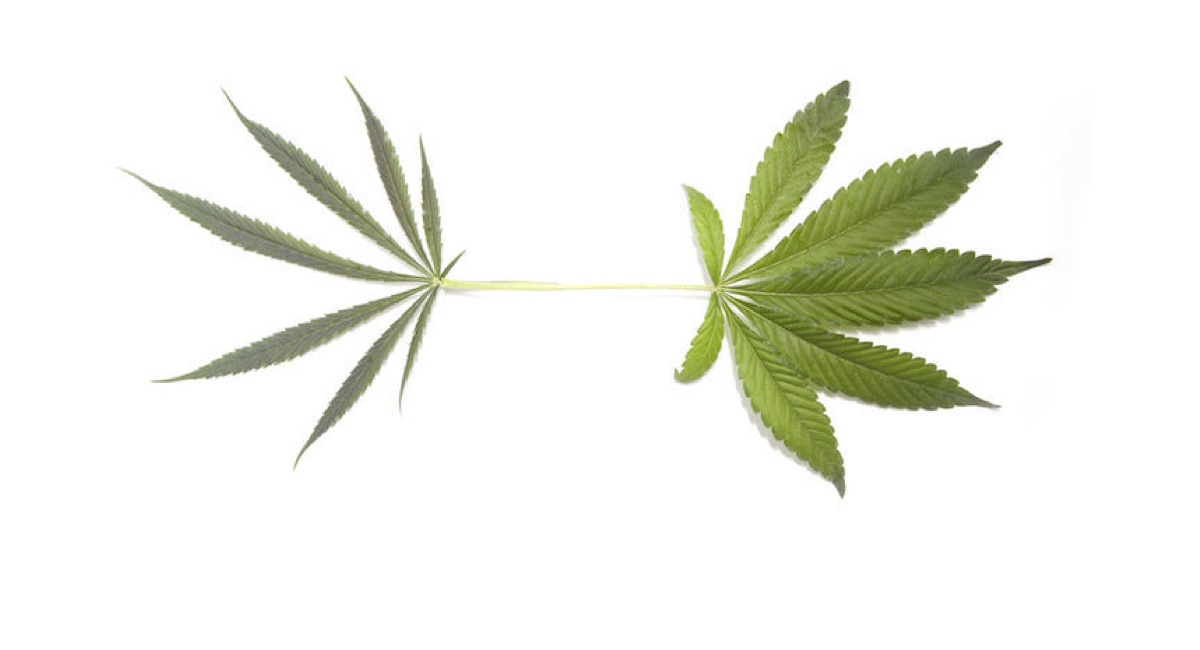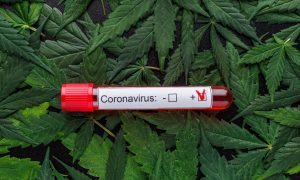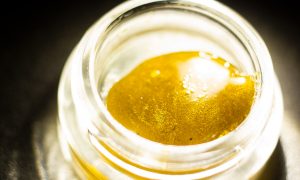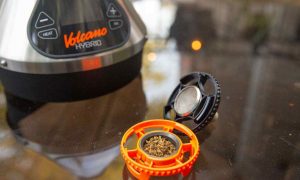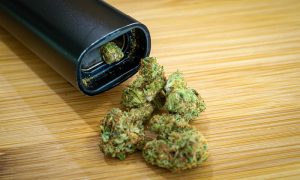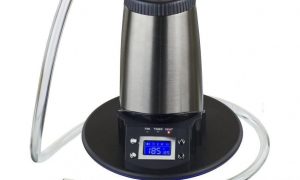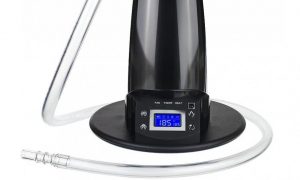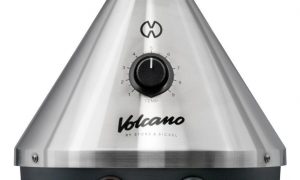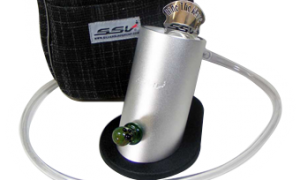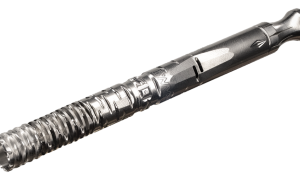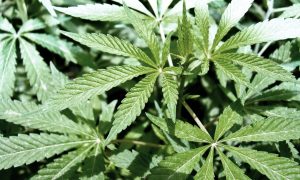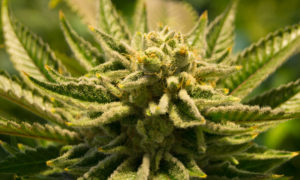By Michael Knodt for marijuana.com
An unpublished study by Dalhousie University on behalf of the Dutch medical cannabis producer Bedrocan.nl adds another challenge to the long-debated designation of cannabis strains as “Indica,” “Sativa” and “Hybrid”.
Well-known cannabinoid researcher Ethan Russo presented the study at the 9th IACM cannabinoid congress in Cologne, Germany last Friday. The recent study is third scientific work since 2013 that finds there is no basis in science for the widely used modern classification of cannabis strains.
Researchers analysed the genetic makeup of 149 Dutch cannabis samples and found a lack of genetic distinction between “Indica” and “Sativa” samples. In plant taxonomy, specific rules dictate which family, genus, and species are used to categorise a plant. These categorisations help scientists and growers identify plants with similar characteristics and provide an avenue for predicting the traits they’ll carry, such as smell, appearance, and therapeutic properties.
When it comes to cannabis, however, the lack of available resources for research over the past few decades has resulted in a deeply-rooted folk taxonomy that oversimplifies the complex makeup of cannabis and disregards what scientists are finding to be the key indicator of a cannabis cultivar’s effects — terpenes.
“This study shows that the Indica-Sativa differences could be largely based on terpene content, which instead of the current Indica/Sativa labelling might require more insight into the terpene profiles related to the Bedrocan products available for patient use,” Hugo Maassen, head of the phyto engineering department at Bedrocan.nl, stated in a press release on Friday.
Russo is not the first researcher to doubt the naming system adopted by what was once exclusively a black market. As early as 2013, the owner of a test laboratory for medical cannabis with a Ph.D. in Chemistry from the University of Southern California was questioning the significance of the Indica-Sativa designation of strains purchased in California. Dr. Jeffrey Raber and his staff collected and tested more than 1,000 different samples for a total of 42 substances. The founder of the Werc Shop was sure the classifications had been faulty. Dr. Raber and his team not only found there was no scientific basis for the different “effects” associated with “Sativa” or “Indica”, he also proved that what’s being sold as OG Kush in one shop could be something completely different in another.
“Most people don’t even know,” said Dr. Raber when he presented his findings in 2013. “We took a popular name, Jack Herer, and found that most didn’t even look like each other. OG whatever, Kush whatever, and the marketing that goes along with it — it’s not really medically designed.”
Two strains, similar genetics
In 2015, researchers from the University of British Columbia and Dalhousie University tested medical cannabis from Canada to search for similarities in the origin and active ingredient profiles of different strains declared as “Indica” or “Sativa”. The Canadian scientists were looking for the origins of different fibre hemp varieties as well as some THC-rich cannabis varieties. Besides the fibre hemp samples, they compared 83 THC-rich strains sourced from licensed Canadian producers and could not find a uniform pattern in either “Sativa” or “Indica” varieties.
A “Jamaican Lamb’s Bread” had allegedly 100% Sativa origin, but was genetically almost identical to a pure “Indica” from Afghanistan, confirming Dr. Raber’s 2013 conclusion that common strain names have little scientific or medicinal value.
“Cannabis breeders and growers often indicate the percentage of Sativa or Indica in a cannabis strain, but they are not very accurate,” the study’s author, Jonathan Page, explained. “Right now, the genetic identity of a marijuana strain cannot be accurately determined by its name or reported ancestry. Ultimately we require a practical, accurate and more reliable classification system of this plant.”
Authorities Missed the Train
Authorities around the world have missed many opportunities to address the cannabis classification issue. The prohibitionist attitude toward the plant has made it nearly impossible to create a consistent, unified system for identifying cultivars. Instead, they go by meaningless names in the places like the U.S. and the Netherlands, or a cryptic number, as is the case in Canada.
Despite the vast acceptance of medical marijuana in the United States, the federal government classifies cannabis as a drug with “no medicinal value”, which restricts the country’s scientists and researchers from classifying plants in a way that’s more beneficial and clear for medical patients.
When the Netherlands passed its medical cannabis program in the Spring of 2014, the Office for Medical Cannabis (OMC) refused to accept any varieties that were already known in coffeeshops and purchased there as herbs. As a result, the breeders with the world’s largest repositories, who had developed many varieties that, since the mid-1980s, have spawned today’s gene pool, were excluded right from the start.
Health Canada gave manufacturers the opportunity to obtain strains from patients with an expiring cultivation license during a 2014 transitional period that initially took cultivation out of the hands of patients who were growing their own medicine, and placed it under the purview of producers who lacked adequate seed banks. While pragmatic and compassionate in the short term, it did nothing to address the issue of scientific classification for medical uses.
Recreational users have been making do with “Indica”, “Sativa” and “Hybrid” classifications for decades. Just like wine lovers, cannaseurs do not need their passion to be classified scientifically.
When it comes to medical cannabis, however, practicing physicians like Bonni Goldstein M.D. would prefer that all products are labeled with cannabinoid potency and terpenoid profiles. “Medical patients and recreational users alike know what works when they use cannabis but often the information of the makeup of that chemovar may be unknown. Knowing what works allows for reproducible results,” said Goldstein.
Because consumers have become used to this folk taxonomy in cannabis, a major overhaul will become all the more difficult. Probably almost as difficult as the introduction of the metric system in the United States.
—
This article was originally published on marijuana.com. Read the original.

